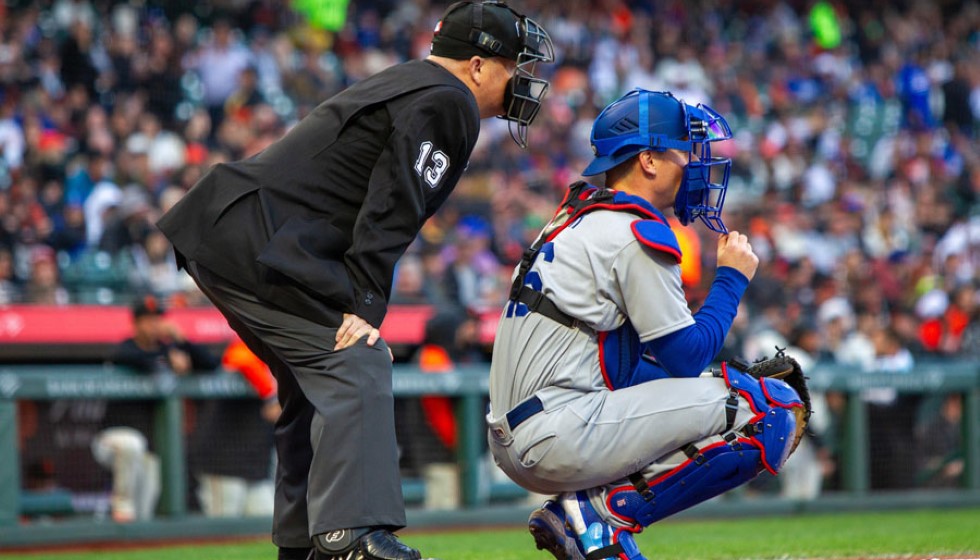
The recent Major League Baseball amateur draft has seen a whirlwind of activity and significant financial commitments, culminating in a series of intriguing signings and strategic decisions. Among the top 315 selected players, all but four have signed contracts, underscoring the competitiveness and allure of professional baseball at the highest level.
Top Picks Secure Lucrative Deals
Perhaps the most notable signings include those of Trey Yesavage, Vance Honeycutt, and Konnor Griffin. Yesavage, picked 20th overall by the Toronto Blue Jays, secured a $4,175,000 bonus, signaling the franchise's strong belief in his potential. Meanwhile, Honeycutt, selected 22nd by the Baltimore Orioles, inked a deal worth $4 million. These sizable bonuses illustrate the high stakes and significant investments teams are willing to make in their future stars.
Konnor Griffin, picked ninth overall by the Pittsburgh Pirates, agreed to terms for an impressive $6,532,025. Griffin's signing demonstrates his potential impact and the Pirates' commitment to bolstering their roster with top-tier talent.
Unsigned Picks and Collegiate Commitments
While the vast majority of players opted to sign professional contracts, a few notable names from the first ten rounds chose a different path. Tyler Bell, selected 66th overall by the Tampa Bay Rays, and Chris Levonas, picked 67th by the Milwaukee Brewers, both decided to honor their college commitments. Bell will attend Kentucky, and Levonas will head to Wake Forest, highlighting the allure and value of collegiate baseball for some young athletes. Additionally, Ryan Prager and Jaxon Jelkin, selected 81st and 263rd by the Los Angeles Angels and New York Mets, respectively, also remained unsigned.
As a result of these decisions, the Rays, Brewers, and Angels will receive compensatory picks in the next year’s draft. The Rays are set to gain the 67th pick, the Brewers the 68th, and the Angels will receive another selection after the third round. This strategic element adds another layer of complexity to the draft process, as teams must navigate not only their immediate needs but also plan for future opportunities.
The Financial Landscape
The draft saw teams shelling out significant sums to secure top talent. Wake Forest's right-hander Chase Burns and Georgia's outfielder Charlie Condon both secured $9.25 million each, drafted second overall by the Cincinnati Reds and third by the Colorado Rockies, respectively. At the top of the draft, Oregon State's second baseman Travis Bazzana was selected first overall by the Cleveland Guardians, signing for a substantial $8.95 million.
In total, the Cleveland Guardians and the Colorado Rockies each invested $19,236,100 in their selections, signaling their aggressive approach to building a competitive roster. The Cincinnati Reds were not far behind, spending $17,156,100. Meanwhile, the Oakland Athletics and Chicago White Sox also made significant investments, disbursing $16,103,900 and $15,267,500, respectively. At the other end of the spectrum, the Houston Astros spent the least, allocating $6,210,412 on their selections.
Spending Strategy and Compliance
The league committed a total of $342 million to this year's draft-eligible players, an 8.3% increase from the previous year's $315.8 million at the deadline. This surge in spending reflects the growing investment in young talent and the importance of the draft in shaping the future of MLB teams.
Remarkably, no team exceeded the signing bonus pool by more than the permissible 5%, showcasing the careful planning and strategic allocation by team management. Twenty-three teams operated within this 5% margin, with the Arizona Diamondbacks hitting their pool amount exactly. Six teams managed to stay under their signing pool amounts, with Tampa Bay $250,300 short and Colorado $87,300 short, demonstrating a cautious approach.
A Look Back and Lessons Learned
Reflecting on last year's draft, only one pick from the first ten rounds failed to sign. Caden Kendle, a 10th-round selection by the St. Louis Cardinals, was subsequently picked in the fifth round by the Minnesota Twins this year, signing for $147,500. Kendle's trajectory highlights the unpredictable nature of the draft and the potential for players to reassess their options and find new opportunities.
Overall, this year's draft has been a defining moment for many emerging talents and a crucial juncture for MLB teams aiming to strengthen their rosters. The financial commitments and strategic decisions made during this period will undoubtedly shape the future landscape of Major League Baseball, setting the stage for the stars of tomorrow to make their mark on the sport.